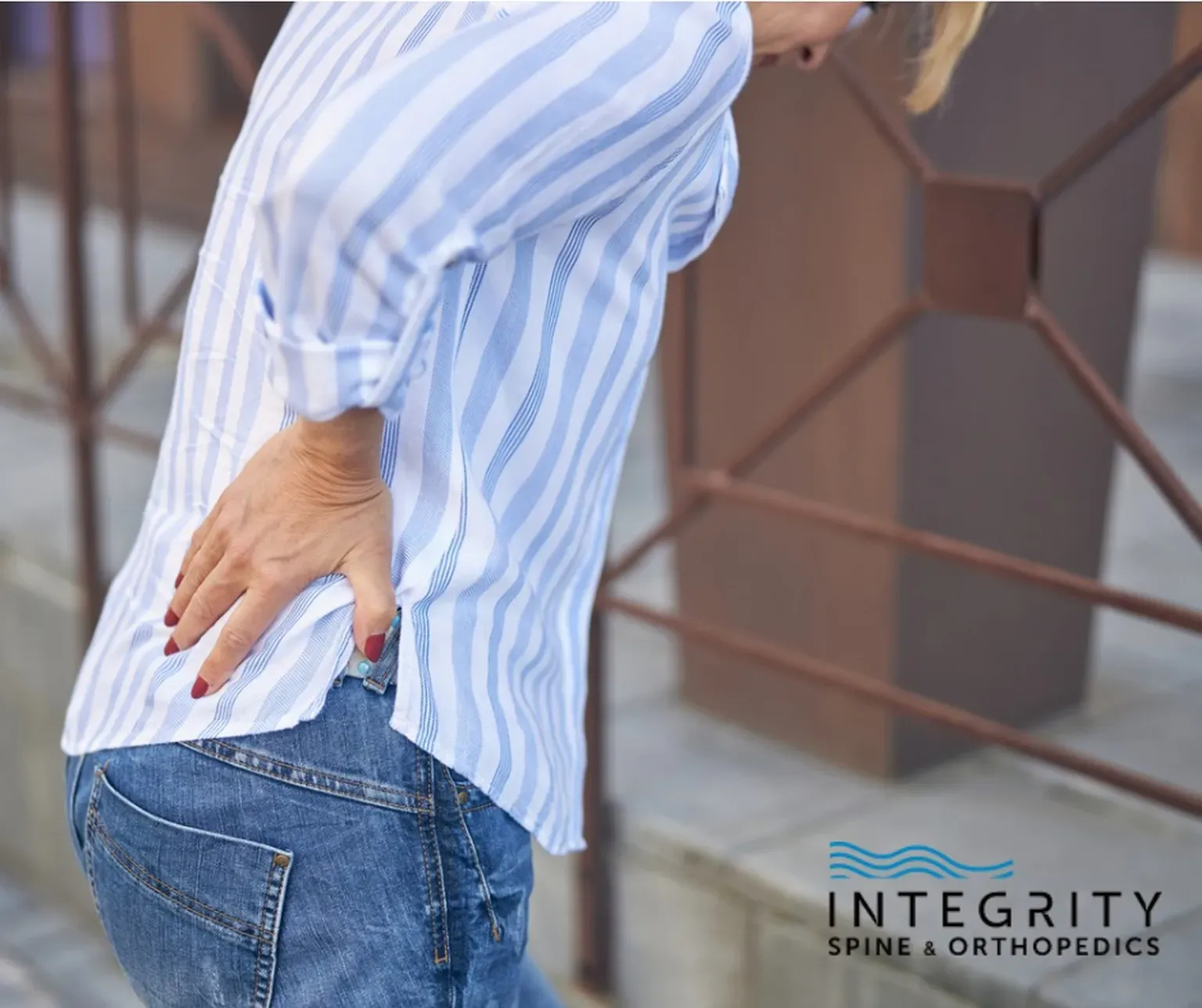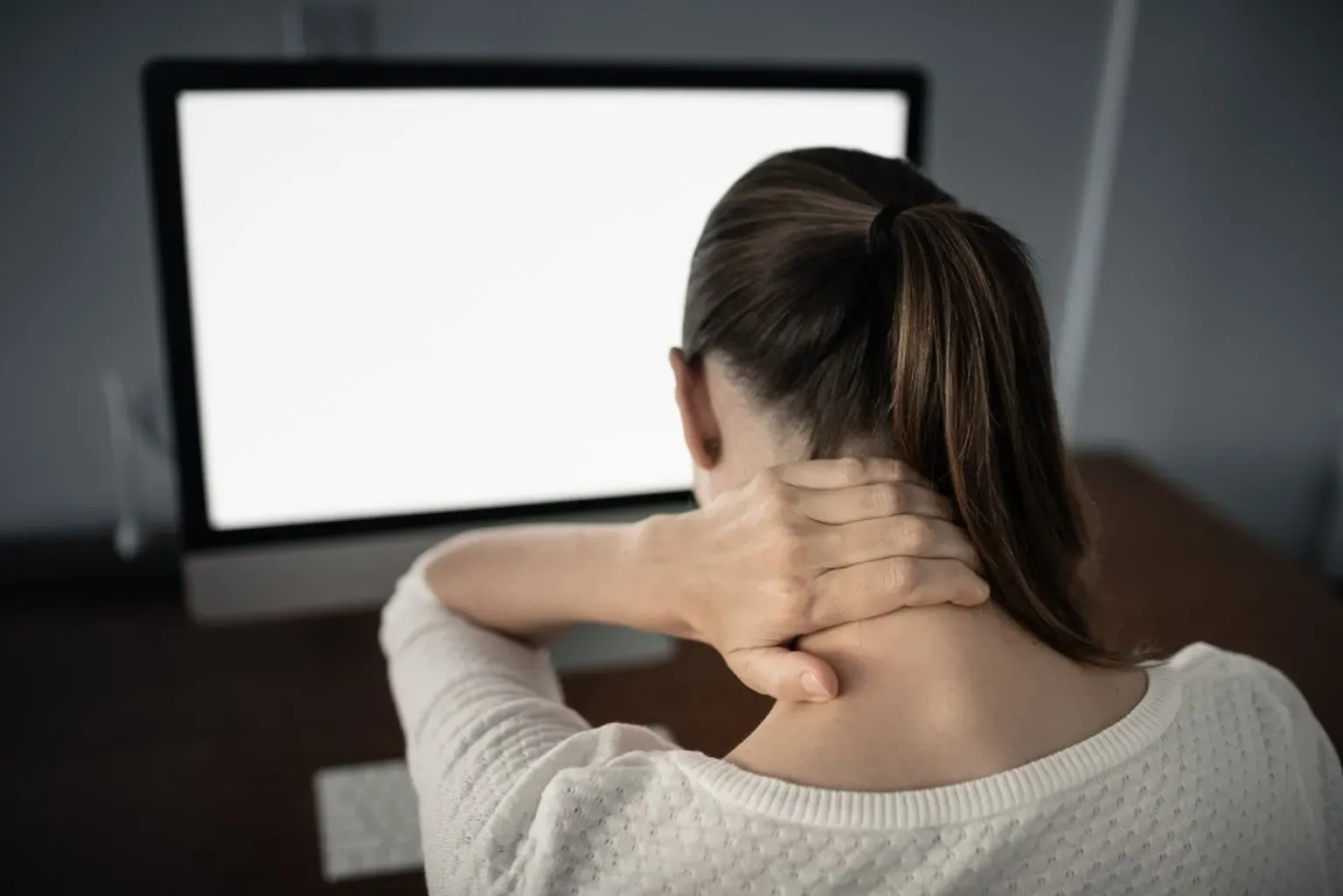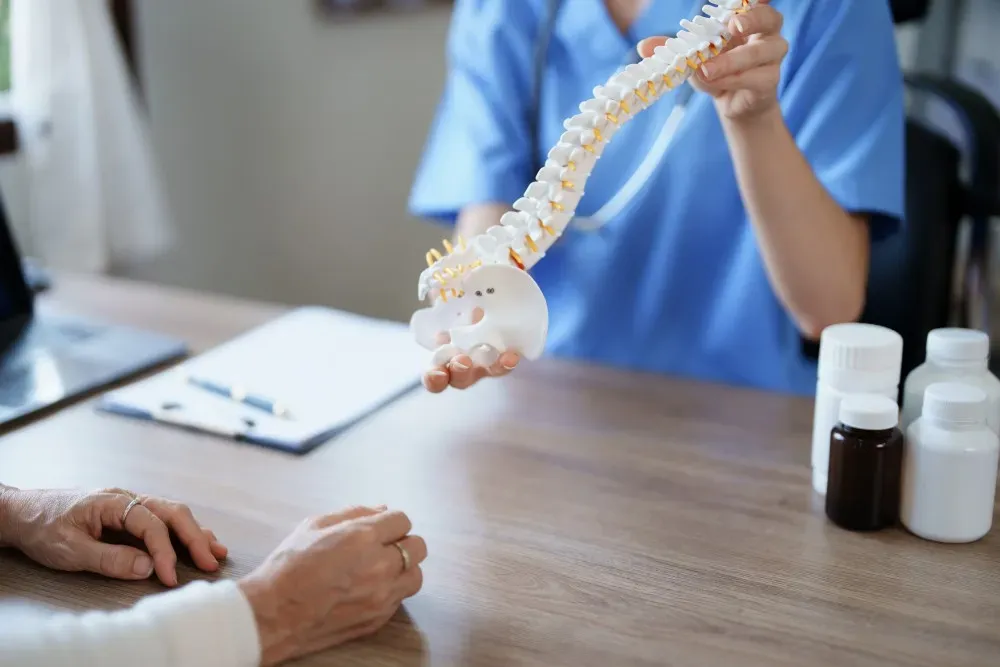Neurosurgery & Orthopedic Surgeons in Jacksonville

What Are the Risks of Disc Protrusion?
Disc protrusion is a type of spinal disc herniation. Disc herniation is a common form of intervertebral disc damage that’s caused by age, natural wear and tear, traumatic accidents (falls, car accidents, sports collisions),…
WHAT ARE THE RISKS OF DISC PROTRUSION?
Disc protrusion is a type of spinal disc herniation. Disc herniation is a common form of intervertebral disc damage that’s caused by age, natural wear and tear, traumatic accidents (falls, car accidents, sports collisions), overuse or repetitive use injuries, obesity and genetics.
Degenerative changes may cause the intervertebral discs to weaken, provide less support and move out of place from between the vertebrae. Movement of the discs can impact surrounding structures and lead to symptoms of low back pain, neck pain, weakness and loss of back mobility. Keep reading to learn more about disc protrusion, the complications it may lead to and treatment options.
THE 3 CLASSIFICATIONS OF DISC HERNIATION
Spinal discs are made up of 2 parts: a tough outer ring of ligament fibers called the annulus fibrosus and a soft, jelly-like inner core called the nucleus pulposus. The intervertebral discs provide cushioning, shock absorption and flexibility to the spine.
But with natural wear and tear, spinal discs begin to degenerate as we age. The discs become weaker, drier and less flexible. These degenerative changes increase the risk of damage, injuries or tears.
One common type of damage is disc herniation. There are 3 primary classifications of herniation:
- Disc protrusion. The nucleus pulposus bulges against the disc and causes the disc to protrude into the spinal column, but the annulus fibrosus remains intact.
- Disc extrusion. The nucleus pulposus breaks through a tear in the annulus fibrosus and leaks out into the spinal column and spinal canal. The nucleus material remains connected to the disc.
- Disc sequestration. The nucleus pulposus breaks through a tear in the annulus fibrosus and completely separates from the disc. It may float around and land somewhere in the spinal canal, one of passageways leading out of the spinal canal or the spinal column.
While disc herniation can occur anywhere in the spine, it most commonly develops in the cervical spine and lumbar spine. The low back and neck bear the most weight and they’re the most mobile regions of the spine.
COMPLICATIONS OF DISC PROTRUSION
Disc protrusion can be asymptomatic and may go undetected for months or even years. A disc bulge is not necessarily a sign that the disc will continue to weaken and degenerate. Spinal disc changes are a normal part of aging, and many people live active, pain-free lives with disc protrusion.
However, some people experience pain, weakness and loss of movement from protruding discs. Complications may include:
- Nerve compression. There’s limited space in the spinal canal for nerves to pass through on their way out of the spine. When a disc bulges out of place, it can narrow the space even further and put pressure on nerve roots or the spinal cord. Nerve compression can cause low back pain, neck pain, pain that radiates down the buttock and leg (sciatica), difficulty standing or walking, and numbness, tingling or weakness that travels down the arms or legs.
- Disc herniation. Continuing to place stress and pressure on a damaged disc can lead to disc extrusion or disc sequestration. A herniated disc can press against the spinal cord and nerve roots, causing pain, weakness and numbness.
- Discogenic back pain. Discogenic back pain is a condition describing low back pain that originates from spinal disc damage. Activities that put pressure on the low back discs can worsen discogenic pain.
TREATMENT AND PREVENTION
Without proper spine care and treatment, there is a risk that disc protrusion will worsen into a herniated disc or cause long-term back and neck pain. Many cases of protrusion heal on their own within a few weeks with conservative treatment. As a first course of action, your doctor may recommend the following:
1.) Rest and home care. Rest as needed and modify strenuous activities that place stress and pressure on your back. You can use heat and ice therapies to ease pain and reduce inflammation.
2.) Medications. Over-the-counter painkillers like acetaminophen can relieve pain, while over-the-counter NSAIDs can relieve pain and inflammation. If you’re experiencing significant pain, your doctor may prescribe stronger pain medications or a short course of steroids.
3.) Physical therapy. Physical therapy can help you strengthen back and core muscles, which support and stabilize the spine. Exercises can also improve your balance, flexibility and range of motion. A physical therapist can teach you proper posture and body positioning to alleviate pressure on the spine.
You can make several lifestyle changes at home to help keep your back strong and healthy, reduce the risk of injuries and prevent progressive spine damage. First, maintain a healthy weight because excess body fat places unnecessary stress on the spine and joints. Second, exercise and stretch regularly to maintain strength and range of motion. Low-impact exercises like swimming, walking, bicycling and water aerobics are great ways to stay active while reducing strain on your spine and joints.
WILL I NEED SURGERY?
Many cases of protruding discs heal naturally with rest and conservative measures. However, disc protrusions that continue to degenerate and press on the spinal cord or nerve roots cause significant pain, weakness, numbness and loss of movement that may require surgery to treat. If persistent pain and weakness is affecting your ability to perform daily activities, your doctor may recommend surgical options.
Today, there are several minimally invasive procedures available that reduce pain and restore mobility without the high risks and long recovery periods associated with open surgeries. At Integrity Spine and Orthopedics, we perform minimally invasive spinal decompression, lumbar fusion and total disc arthroplasty procedures to repair or replace damaged and degenerated discs.
Our minimally invasive procedures can be performed on an outpatient basis and they have no downtime afterward. Patients are usually able to return to their normal activities within a few weeks following surgery. We know that considering surgery is scary, but minimally invasive techniques have greatly reduced the risks involved and provide long-lasting pain relief for patients.
INTEGRITY SPINE AND ORTHOPEDICS TREATS SPINE AND JOINT CONDITIONS
Integrity Spine and Orthopedics specializes in performing minimally invasive spinal procedures for a range of spine conditions, including bulging and herniated discs. We also offer pain management and general orthopedic services to help you manage acute or chronic back and joint pain.
Please call us at 904-456-0017 to request an appointment to see one of our board-certified orthopedic doctors in our Jacksonville, FL, clinic location. We also offer free MRI reviews to qualified patients — contact us today for more information.




